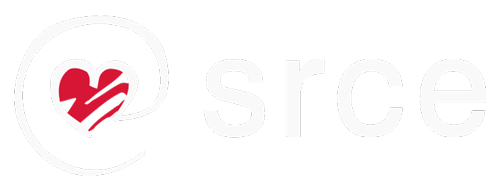- Hrvatski
Course content
Introducing the Music Literature I
- Code:
- 101032
- Abbreviation:
- UAC902
- Higher education institution:
- Arts Academy
- ECTS credits:
- 3.0
- Load:
- 15(S) + 15(L)
- Issuing teachers:
-
Full Professor Mirjana Siriščević, PhD
- Course contractors:
-
Assistant Professor Sara Dodig Baučić, PhD (S, L)
Full Professor Mirjana Siriščević, PhD (L)
- Course description:
- Expanding and deepening the knowledge and understanding acquired by attending the courses Musical styles and forms, Aspects of music of the 20th century and History of music during the previous undergraduate studies. This is achieved through a comprehensive auditory and theoretical-analytical approach to the compositions, which is aimed at achieving a personal vision and experience of the analyzed work and training for its independent presentation. Course content according to the class schedule: 1. Introduction to the course. An introduction to the musical renaissance. J. des Pres. 2. Music of the Renaissance - Italian madrigal. L. Marenzio. 3. Music of the Renaissance: O. de Lasso, G. P. da Palestrina. 4. Croatian musical renaissance. J. Skjavetić. 5. Introduction to musical baroque: opera. C. Monteverdi. 6. Musical baroque forms: suite and oratorio. Mr. F. Handel. 7. Musical Baroque forms: Mass and Passion. JS Bach. 8. Musical baroque forms: baroque sonata and concerto. G. Tartini, A. Vivaldi. 9. Croatian musical baroque. I. Lukačić. 10. Musical pre-classics. F. Couperin, D. Scarlatti, G. B. Pergolesi. 11. Croatian musical pre-classic. L. Sorkorčević. 12. Introduction to classical music. Ch. W. Gluck. 13. Musical classics. J. Haydn. 14. Musical classics. W. A. Mozart. 15. On the threshold of romanticism: L. van Beethoven. Summary of the entire material. All valuable works of musical literature that were not possible to get to know during studies, either because of too much complexity, or because they belong to periods and trends that are not covered in previous (other) courses. When processing the composition, its macro analysis is carried out and important moments are analyzed in more detail. A musicological analysis of the circumstances of the creation of the work is also necessary, with the application of knowledge from general history and the history of art, sociology and aesthetics of music.
- Mandatory literature:
-
Diether de la Motte (1983): Harmonielehre
Diether de la Motte (1981): Kontrapunkt
Hugo Leichtentritt (1952): Musikalische Formenlehre
- Recommended literature:
-
Douglass Marshall Green (1979): Form in Tonal Music
- Learning outcomes:
1. Analyse and interpret different components of a musical work such as musical form, harmonic and polyphonic component.
2. Create and carry out the entire teaching activities for the named subjects.
3. Explain and organize the results of research in writing.
4. Apply basic methods of music analysis and scholarly work in practice and in writing academic papers.
5. Work as a music editor in various media.
6. Independently create teaching units for the subjects Music Culture (in primary school), Music Art (in secondary school) and Solfeggio (in primary music school).
7. Aurally recognise musical artwork with regard to the historical period of origin and stylistic characteristics.
- Course in study programme:
-
Code Name of study Level of study Semester Required/Elective 19 Wind Instruments: Flute graduate 1 elective 20 Guitar graduate 1 elective 21 Piano graduate 1 elective 22 Music Culture graduate 1 required 23 Music Theory graduate 1 elective 25 Wind Instruments: Clarinet graduate 1 elective 26 Composition graduate 1 elective 30 String Instruments: Cello graduate 1 elective 31 String Instruments: Viola graduate 1 elective 32 String Instruments: Violin graduate 1 elective 48 Wind Instruments: Saxophone graduate 1 elective * the course is not taught in that semester
Legend
- S - Seminar
- L - Lectures

